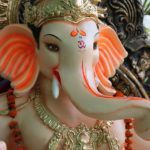For thousands of years, historians, scholars, and his devotees have visualized, explored, and wondered about various representations of Lord Shiva. From Pashupati seals found at Indus Valley Civilization to Rudra in Vedas, he has always fascinated anyone who wants to know about him.
Seen in body smeared with ash, a tiger skin, a crescent moon, a snake around the neck, the third eye, matted hair, river Ganga flowing from the hair, a trident in one hand, a Dumroo in the other, sometimes performing cosmic dance and sometimes sitting still like a rock.
To truly understand Shiva, it is important to know that Shiva — for devotees — is not limited to three things — name, form, and time that others perceive as reality.
Here’s a list of some amazing facts about Lord Shiva that you may not be aware about.
1. Lord Shiva is among the most ancient Hindu gods still worshipped today
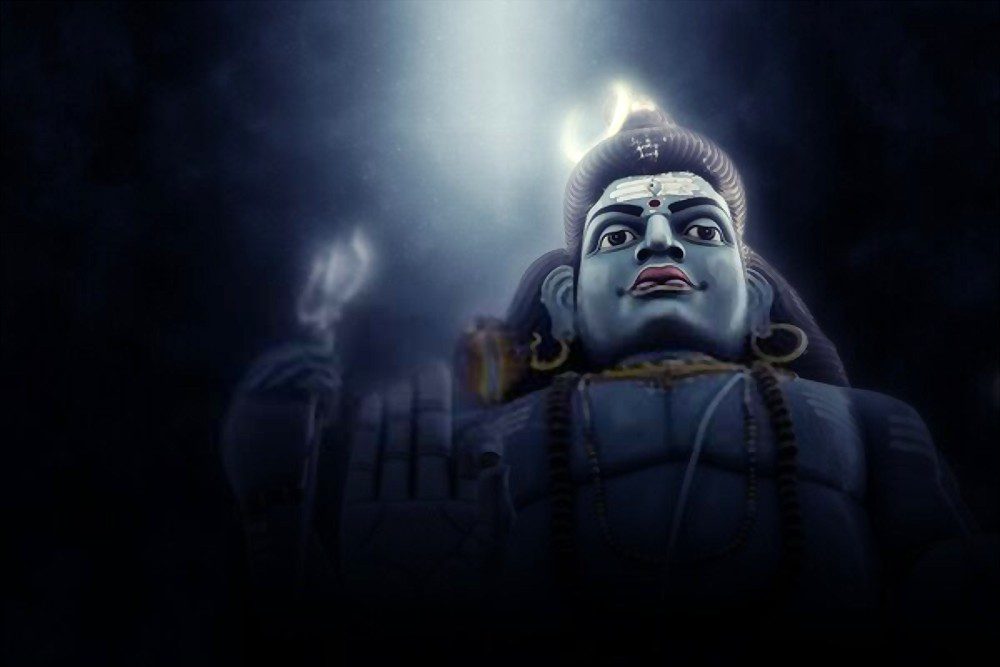
While most of the major gods and goddesses worshipped today in Hinduism have origin in Puranas, Shiva is said to still find a mention in Vedic god Rudra. In the Vedas, shiva is said to be an aspect of the god Rudra, not a separate god.
However, a joint form Rudra-Shiva appears in early household rites, making Shiva one of the most ancient Hindu gods still worshipped today.
By the 2nd century BCE, Rudra’s significance began to decline and Shiva grew in popularity as a separate identity. In the Ramayana, Shiva is mentioned as a mighty and personal god, and in the Mahabharata, he is the equal of Vishnu and is even worshipped by other gods.
Shiva became associated with generation and destruction — sometimes fulfilling the role of Destroyer along with Vishnu (the Preserver) and Brahma (the Creator) and sometimes representing all three roles within himself.
In the Mahadeva image in the Elephanta caves (on an island off of Mumbai, India), which dates to between the 5th and 7th centuries CE, Shiva is shown in his threefold form. This triple aspect of Shiva, which has become a dominant form, is rich with symbolism.
You May Also Like: Maha Shivaratri: Why do we celebrate, Significance and Rituals
2. Lord Shiva is known by 108 Names
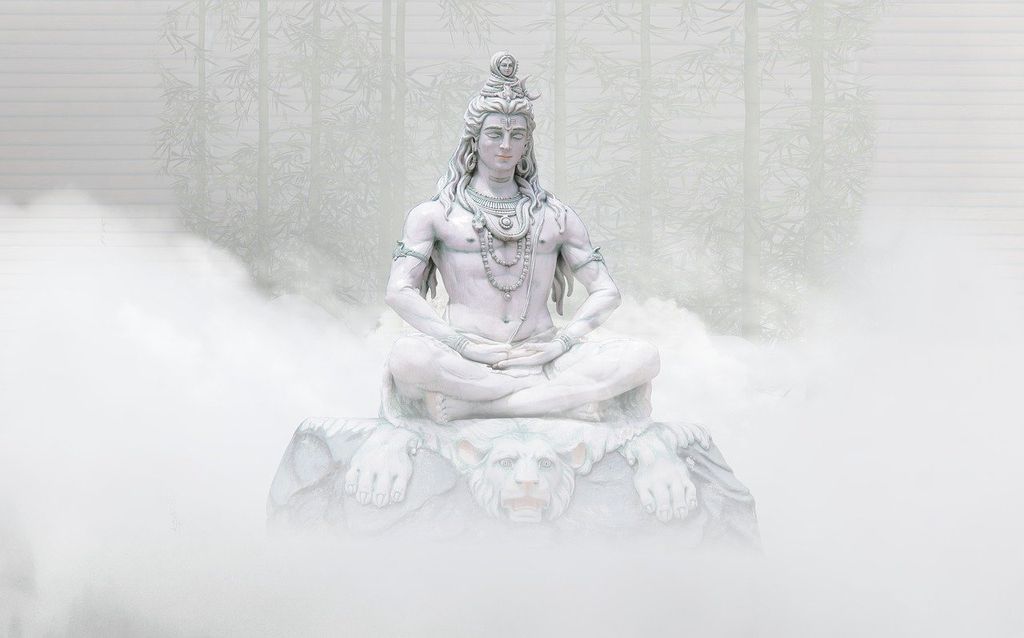
Most of the 108 names that Lord Shiva is known for are also common Hindu boy names but you may not have known them before. From common shiva names like Rudra, Mahadev, Neelkantha, and Shiva to Mahakaal, Shrikanth, Triolokesh, Lord Shiva have more than 108 names.
Moreover, each of his names signifies a unique attribute, quality, or mythological event. Lord Shiva is prayed to as the creator, preserver as well as destroyer of our world. The number 108 thus has a special significance and is considered to be an important number in Hinduism.
You May Also Like: 4 Events in Ramayan Serial Are Actually Different From Original Ramayan
3. He exists in three states
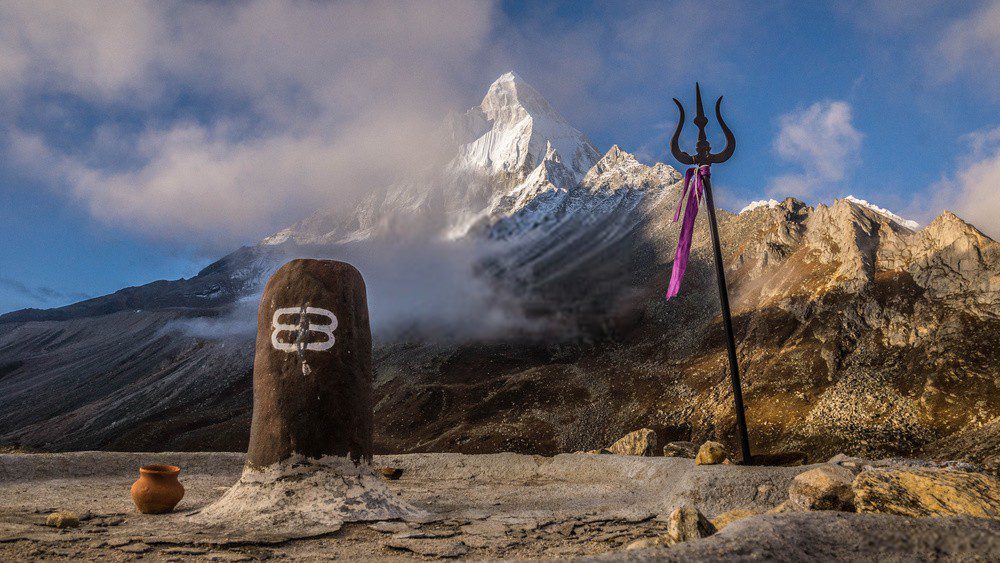
Lord Shiva is considered to exist in three independent states.
1. Nirgun: In this state he is formless, and the whole universe and creation lie in the pervasiveness of Lord Shiva.
2. Saguna: In the Saguna state Shiva is the whole of the universe and his “Ansh” (fraction) is present in the tree, the insect, the animal, male, female, and the whole creation. In this state, though all forms arise out of him yet, no form can describe him.
3. Nirgun-Sagun: In the Nirgun-Sagun from Shiva is worshiped as the Shivalingam. Everything spherical in nature is a mark of Lord Shiva. As Shiva can’t be understood, one worships his mark or the whole Brahman in a Shivalingam.
4. Lord Shiva’s female consort, iconography, and stories are numerous and amazing
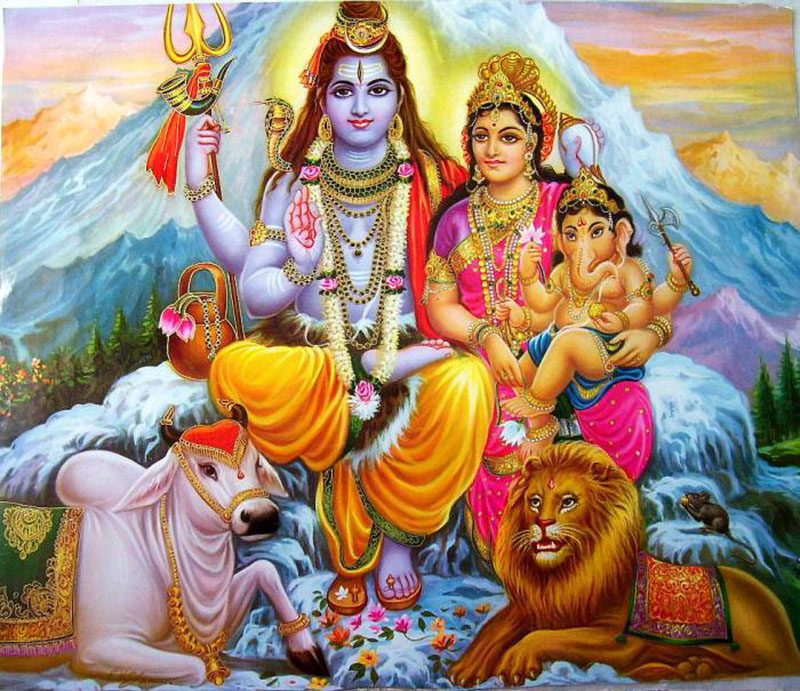
Shiva’s female consort is variously shown as Uma, Sati, Parvati, Durga, Kali, and sometimes Shakti. Their sons are Skanda, the god of war, and the beloved elephant-headed Ganesh, remover of obstacles.
Shiva is especially associated with the Ganges River, which flows through his hair in images, and Mount Kailasa in the Himalayas. Shiva’s symbols are the bull and the Linga.
The latter symbol of Linga is historically associated with the phallus but is not generally perceived as such by worshipers.
Other depictions of Shiva have his hair in matted locks and piled atop his head like an ascetic and adorned with the crescent moon and the Ganges River (according to legend, he broke the Ganga’s fall to earth by allowing her to trickle through his hair).
The Shiva Lingam is normally a naturally occurring stone formation or a man-made stone sculpture, usually, on a square or circular mounting, that is treated as a powerful symbolic object in the Hindu faith.
The structure is cylindrical with either a flat or rounded top and is a common feature in Hindu temples, where it is worshiped for its association with the deity Shiva. Hindus believe that the Shiva Lingam possesses metaphysical powers — qualities inherent to the object but not traceable to its physical substance.
You May Also Like: 10 Amazing Stories about Lord Shiva
5. Representation of Male energy
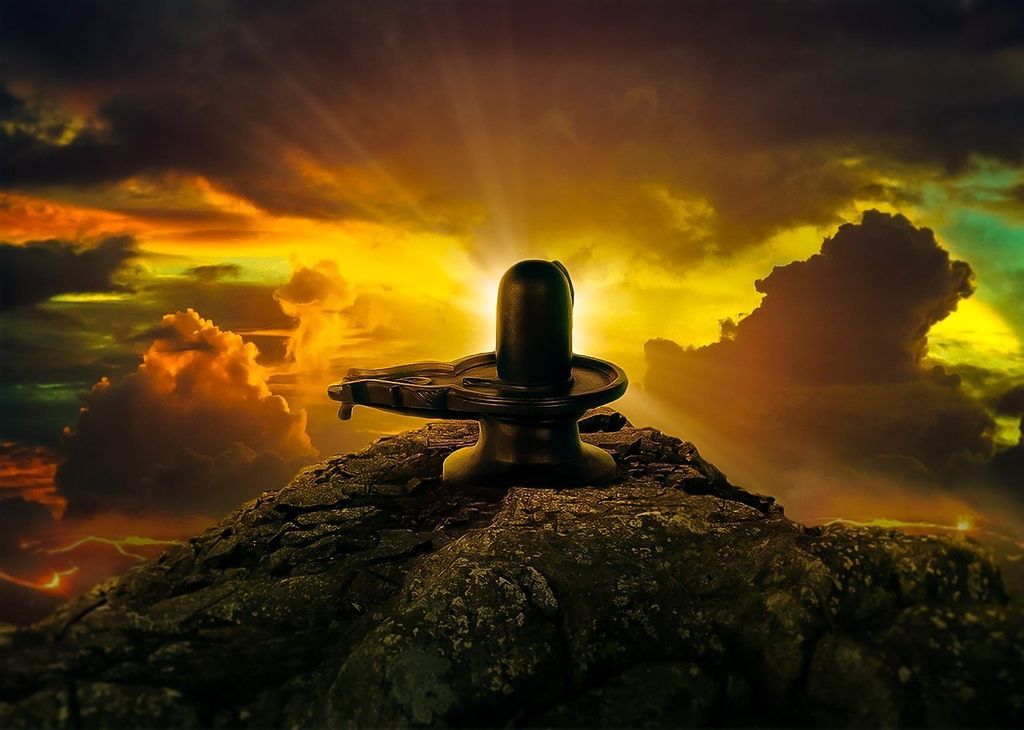
The form of the stone itself — strongly phallic in shape — is meant to suggest an inherent, if undetectable, masculine energy. It is believed that the hot-tempered nature associated with the god Shiva is manifested in the volatile energy of the stone itself.
Large Shiva Lingam forms are therefore often bathed in water and sandalwood paste to calm this energy before worship.
You May Also Like: Shiva Lingam, The Origin, and Reason Why Lord Shiva is worshipped in This Form
6. Shiva is portrayed as God of destruction in the form of Nataraja
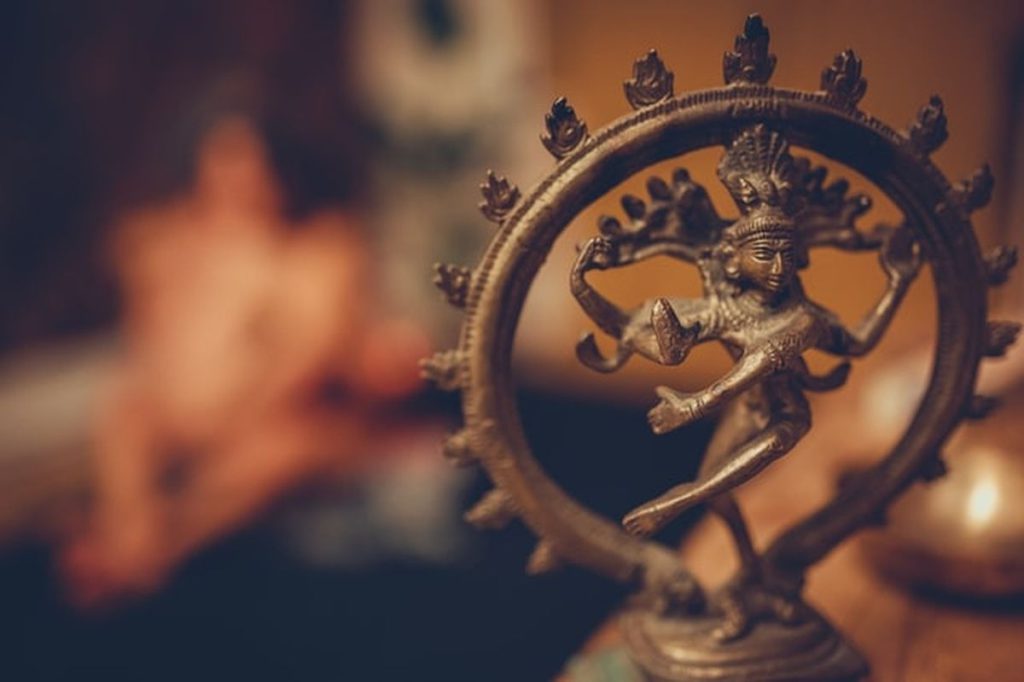
Shiva also has a representation as a god of destruction is also known as Nataraja, the Lord of Dancers (In Sanskrit, Nata means dance, and raja means Lord).
The visual image of Nataraja that we see today achieved a widely accepted form in the bronzes cast under the Chola dynasty in the 10th century CE and then continued to be reproduced in metal, stone, and other substances right up to the present times.
The Chola Nataraja is often said to be the supreme statement of Hindu art. Shiva Nataraja was first represented in a beautiful series of South Indian bronzes dating from the tenth and 12th centuries CE.
In these images, Nataraja dances with his right foot supported by a crouching figure and his left foot elegantly raised.
A cobra uncoils from his lower right forearm, and the crescent moon and a skull are on his crest. He dances within an arch of flames. This dance form is called the Dance of Bliss (Anandatandava).
You May Also Like: Hindu Philosophy and Modern Science Amazing Similarities
7. Shiva Lingam association with healing for derived from cosmic sources
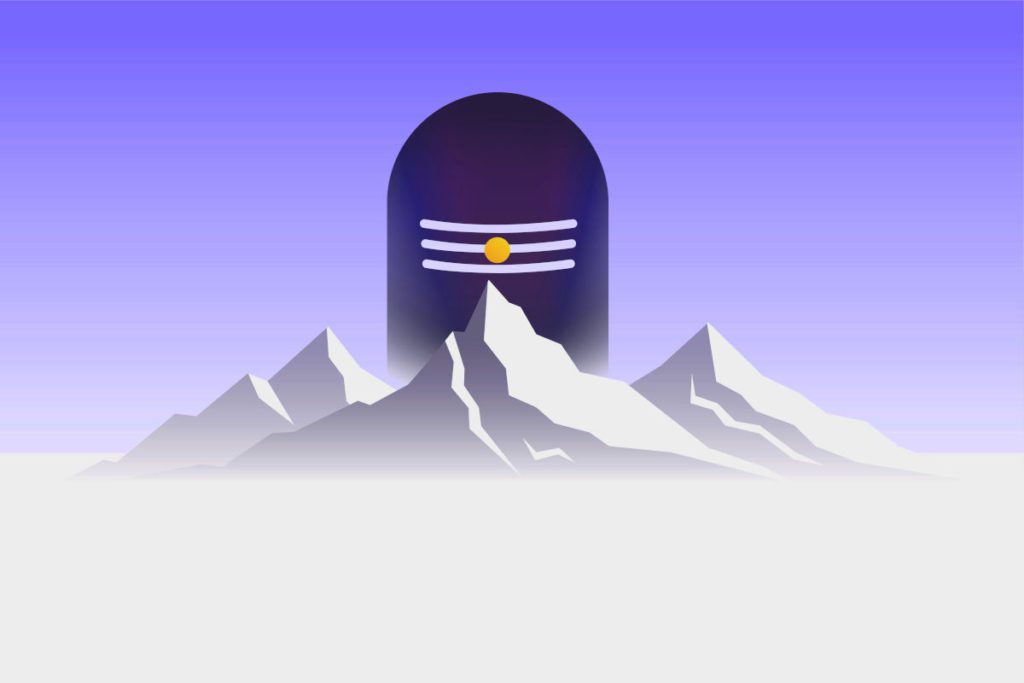
A lesser-known yet important property attributed to Shiva Lingam is — a healing force that derives from a cosmic or power of the universe.
As a result, some believers in alternative healing methods, related to the ancient concept of chakras or subtle energy centers, purchase and wear small Shiva Lingam amulets and pendants as jewelry.
In particular, polished stones gathered from the Narmada River in India are believed to be potent with metaphysical healing powers.
8. The interesting story behind the birth and origin of Lord Shiva
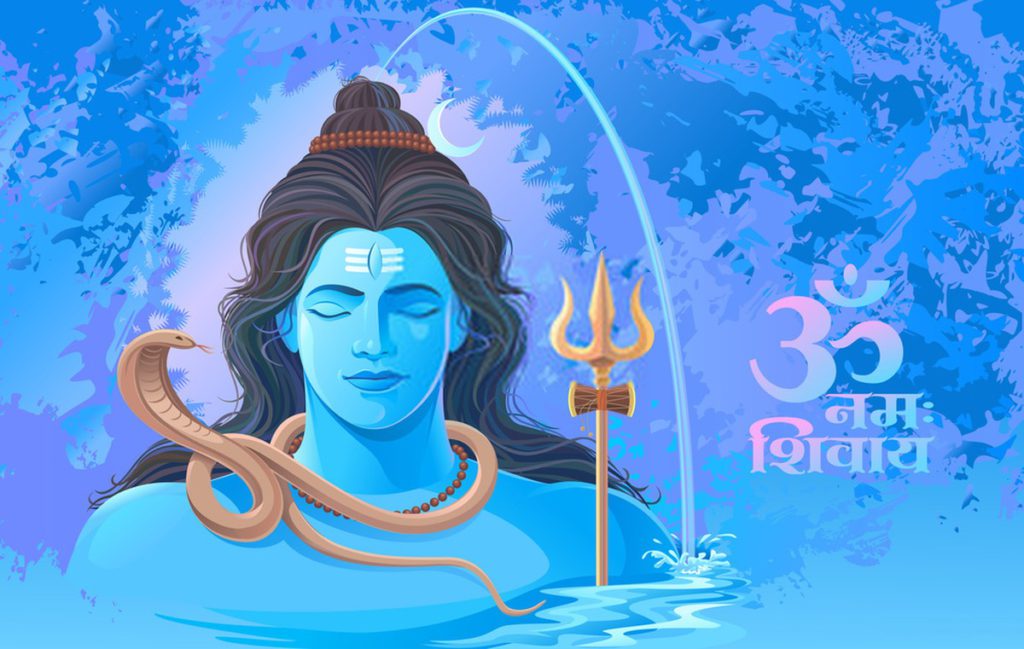
The Vishnu Purana (religious Hindu text) describes the story of the origin of Lord Shiva. It says that Brahma the Lord of creation was initially unsuccessful in his attempts of creation.
He meditated for a child, after which a child sprang forth from his forehead and split itself into a male and female part. The male part started crying inconsolably — on being asked the reason for crying the child said it did not have a name, at which, Brahma named him Rudra – which also means the one who howls.
However, Brahma had to give him seven more names — for the seven more times that the child cried, giving Shiva his eight forms: Rudra, Sharva, Bhava, Ugra, Bhima, Pashupati, Ishana, and Mahadeva. These names of Rudra are derived from Vedas but the story has its origin in Puranas.
The Shiva Purana then goes on to describe how each of these names is associated with an element – the earth, water, fire, wind, sky, a yogi called Kshetragya, the sun, and the moon respectively.
The female part of the child born from Brahma’s forehead is believed to be Parvati – Shiva’s eternal consort.
There is also a different indication of the origin of another manifestation of Shiva as Ardhanarishwara – where he is portrayed as half-male and half-female — also a symbolism for the union of substance and energy, the Being and his Shakti (Force).
The right half – depicting the male – is his self -form and the left half – depicting the female part – is his consort Parvati.
This depiction represents Shiva as Sadashiva, Adishiva, or Adipurusha – the primeval Being – as being the unity of existence.
It underlines the fact that division in nature between male and female, between material and energy, is only superfluous and in reality, all is one.
Shiva shows himself as being all that is male and all that is female – through this form of being the inseparable unity.
9. Lord Shiva Precedes Trinity-Partners Vishnu and Brahma as per Puranas
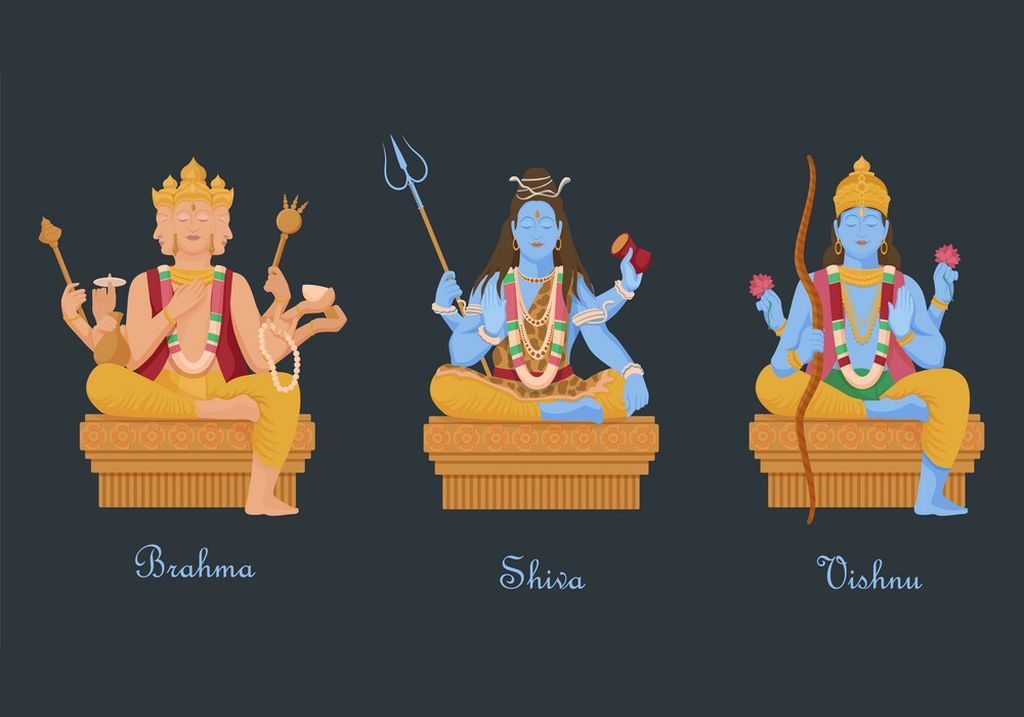
Unlike what many believe, Lord Shiva, as well as Brahma and Vishnu, do not signify the Supreme god, but his functional aspects, which manifest in Creation, in sustaining the Creation, and, finally, in withdrawing the Creation, which occurs after every Kalpa, which is the scheduled age of each Creation.
After the Creation is withdrawn and the Kalpa comes to an end, the Supreme’s functional aspects too disappear and so does the Great Trinity representing them.
Thus, the Trinity, with each of Shiva, Brahma, and Vishnu having a scheduled life-span, is the time-bound manifestation of the timeless One, that is, the Trinity disappears after its allotted life-span to re-appear when the next Kalpa begins, but the Omnipresent neither appears nor disappears because he is always there before the time began and after its scale has exhausted.
In Indian cosmological time, Shiva’s life-span is double of the Vishnu’s and Vishnu’s double of the Brahma’s. Brahma’s life-span comprises 120 Brahma years, which are equivalent to 300 million, 9 hundred thousand, 17 thousand, and 376 years of a human calendar.
Lord Shiva, thus different from what the Puranas proclaim, is not Brahma’s creation. He rather precedes his Trinity counterparts, Brahma and Vishnu, on the time scale.
This pre-eminence of Shiva over others as much reflects in their related religious chronology and availability of their iconic representations in visual arts.
Brahma and Vishnu have their roots in the Vedas, and not before. Lord Shiva based on some claims, has a pre-Vedic origin, as his worship cult seems to have been common amongst the people of the Indus Valley Civilization.
Even around 3000 BCE, the excavations of various archaeological sites in the Indus valley reveal two sets of archaeological finds that suggest the possibility of the cult of worshipping both, his anthropomorphic as well as symbolic representations.
This excavated material includes several terracotta seals representing a yogi icon and the phallus type baked clay objects, obviously the votive lings, suggestive of some kind of phallus-worship cult of the non-Aryan settlers of the Indus cities.
Seated in a meditative posture, the stern-looking Yogi figure wears a typical head-dress made of buffalo horns and is surrounded by various animal icons, lion, elephant, buffalo-type bull, rhinoceros, etc, and the bird forms.

